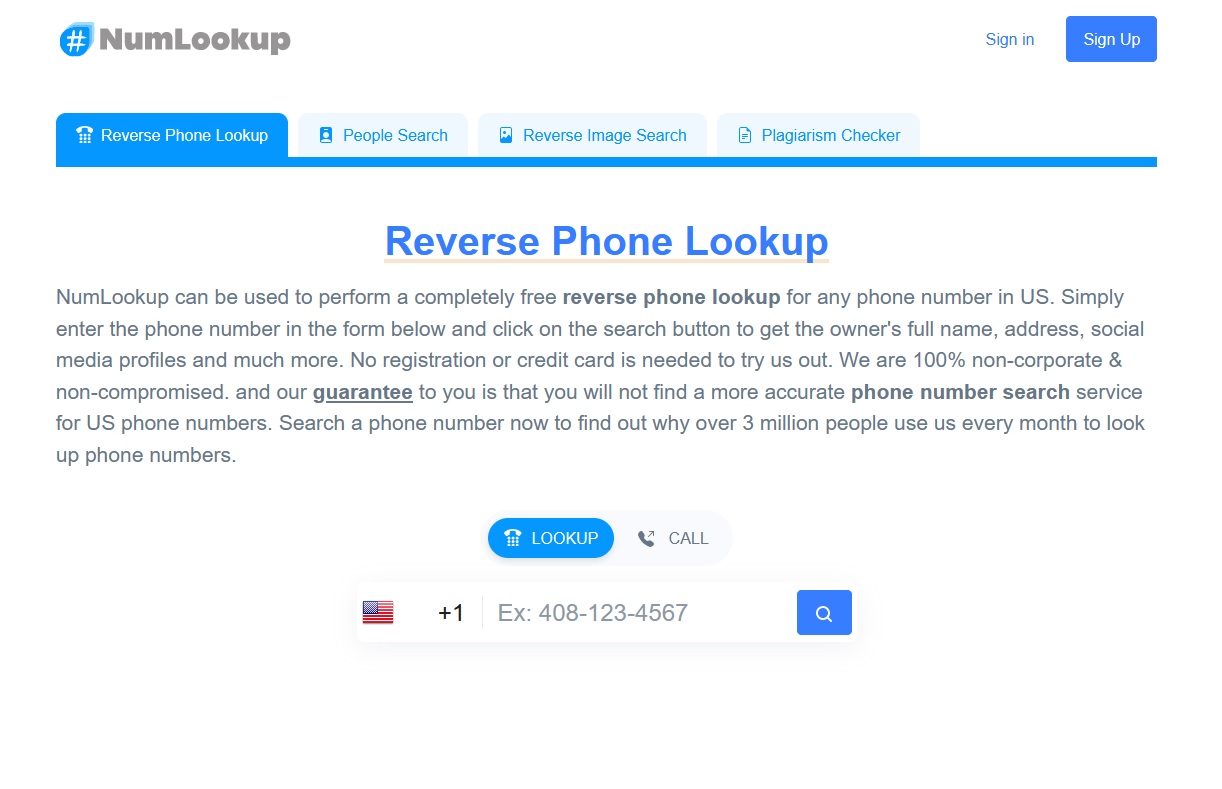Mobile development is a THING now!
To prove that point you can conduct a small local research by observing yourself a few days, or your kids, okay boomer. What you`ll probably notice is that…
- You need your phone to wake up;
- You need it to check up on how your friends are doing on social media;
- You get messages from your co-workers about urgent tasks;
- You watch videos and have rest;
- You take a photo and instantly edit it;
- You order Taco from the local restaurant;
- You check your credit-card balance;
- You read books or comics;
- You just play the random game to kill time in the queue.
That’s why the sooner the brands bring their business in their customers’. That’s why if you want to create a mobile app, you are probably on the right way. Why probably, if mobile apps are a thing now? Because in order not to become one of the thousands ignored Apple Store and Play Market items, you need to actually understand: do people need it? That’s the first stage of you app creation – the birth of an idea.
1. Refine your idea
You see, to create an app, you need to be a little marketer because if you end up producing the second Youtube or the first “Good for nothing app”, well, you’ll google “how to make an app again”. When thinking about what should stay behind your product think about three P’s: Popular, Practical and Promising. As soon as you’ve found such idea, think about hiring people who’ll work on making it come true.
Ask yourself:
- Will this app improve some everyday process?
- Will it accelerate task?
- Will this improve people’s health?
- Will this allow them to distract and have fun?
As soon as you’ve found such idea, think about hiring people who’ll work on making it come true.
2. Hiring mobile developers.
If you target different app stores, you will have two choices: either to hire devs who’ll code for iOS and Android separately in Swift and Kotlin or Java. Another option – cross-platform frameworks. For example, with ReactNative you’ll be able to build a native app for both platforms.
All in all, you’ll have to gather a team, consisting of several mobile and backend developers, their Project Manager, designer, QA manager and business analyst. However, if you don’t want to look for each candidate, spending your precious time, you can go for outsourcing companies. They do not only select proper devs for your projects, but also provide with consultations. Thus, you’ll understand which tech stack for mobile app to choose, which features are the most necessary for your MVP and so on.
3. Strategy
The idea without the concreteness is doomed to die. Strategy is a remedy. To build it, you need to ask several core questions:
- Who are your competitors? What do you offer that they fail to deliver? How are they better than you?
- Who is your target audience? How will they use your app? What issue are you helping them to solve?
- What features do you need? eCommerce features will differ from features of some arcade game. Health-tech app will be different that Planner.
- How much budget are you ready to invest?
- What is your plan if the app doesn’t go off?
- What marketing solutions do you want to use to promote the product?
Based on that, you need to analyse every aspect that influences your potential success.
4. Development
It’s an iterative process, meaning that as soon as devs build the first version. You will need analyse its early performance and gather the feedback in order to make updates. The app without the constant updates is dead.
- Work on your UX and think about what journey the users have while using the app.
- Highlight product roadmap.
- Create a UI design, and make the app’s prototype
- Involve backend and frontend development
- Let QA managers break your app. Rebuild it the other way round.
- When it’s ready – deploy and launch in the stores.
5. App Store optimization
In order to be in demand, you will need to enhance your visual representation in stores. It means creating a memorable logo and name, adding screens that display your main features, write a short convincing description, inform about all updates etc. Make sure to always answer all reviews – both positive and negative. They are your source of inspiration and they teach you on your mistakes.








Add Comment